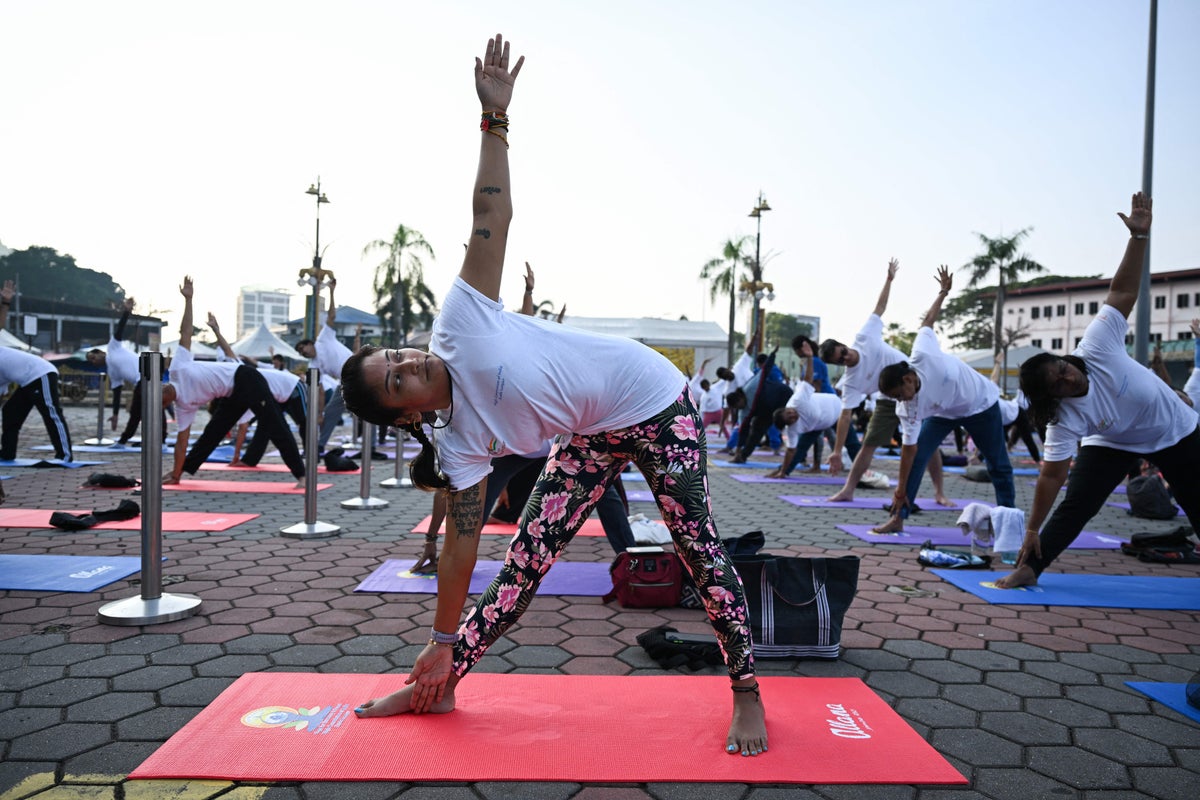
Doing yoga may help reduce frequency of seizures in people with epilepsy and lower their anxiety, a new study found.
The practice may also improve patients’ overall quality of life by reducing the stigma they feel from having the disease, according to the research, published last week in the medical journal Neurology.
“People with epilepsy often face stigma that can cause them to feel different than others due to their own health condition and that can have a significant impact on their quality of life,” study author Manjari Tripathi from All India Institute of Medical Sciences (AIIMS) in New Delhi said.
“This stigma can affect a person’s life in many ways including treatment, emergency department visits and poor mental health,” Dr Tripathi explained.
In the study, researchers assessed people with epilepsy with an average age of 30 in India.
They measured stigma among participants based on their answers to questions such as: “Do you feel other people discriminate against you?” “Do you feel you cannot contribute anything in society?” and “Do you feel different from other people?”
About 160 people who met the criteria for experiencing stigma were then identified.
These patients had an average of one seizure per week and on average took at least two anti-seizure medications, researchers said.
One set of patients were then randomly assigned to receive yoga therapy, which included exercises in loosening muscles, breathing, meditation and positive affirmations.
Another set of patients received a sham therapy that mimicked the same exercises, but these participants were not given instructions on two key components of yoga – slow and synchronized breathing, and attention to the body movements and sensations.
Both the groups received seven supervised group sessions of 45 to 60 minutes over three months.
They were also asked to practice sessions at home at least five times a week for 30 minutes and track their seizures and yoga sessions in a journal.
Participants were then followed for an additional three months after their first three months of therapy.
People who did yoga were more than four times as likely to have their seizure frequency more than halved after six months than the people who did sham yoga, the study found.
Compared to those who did the sham practice, participants who did yoga were more likely to reduce their perceived stigma of the disease, researchers say.
People who did yoga were also over seven times more likely to no longer have seizures than those who did the sham practice, according to the study.
Researchers also reported a significant decrease in anxiety symptoms among those who did yoga versus people who did not.
“The intervention group showed significant improvement in symptoms of anxiety, cognitive impairment, mindfulness and quality of life relative to the control group at the end of follow-up period,” researchers wrote.
“Yoga may not only help reduce stigma, but also improve quality of life and mindfulness. Plus, yoga can be easily prerecorded and shared with patients online using minimal resources and costs,” Dr Tripathi said.
Citing the main limitation of the study, researchers said the participants self-reported their seizure frequency and they may not have remembered all the information accurately.
However, they say the findings “elevate the need to consider alternative therapies and activities for people with epilepsy facing stigma”.







